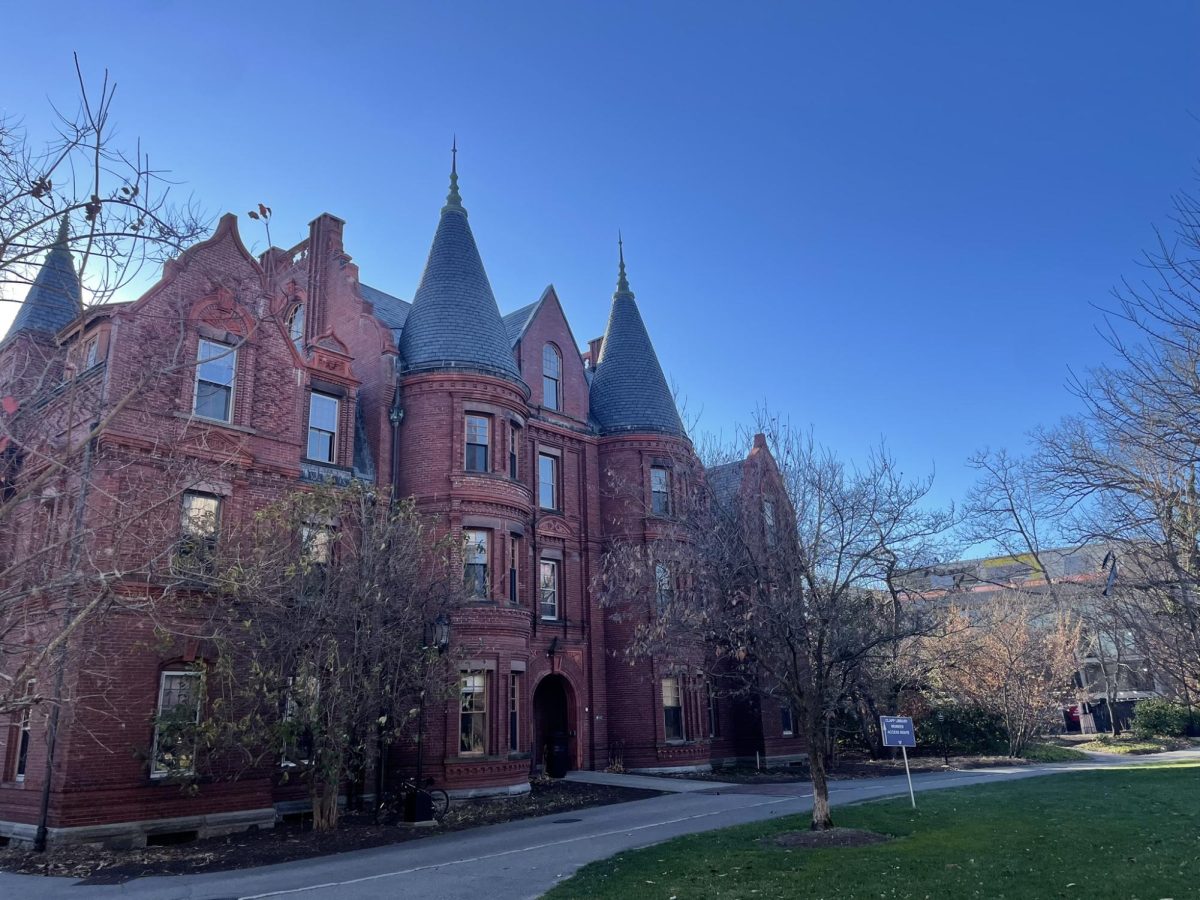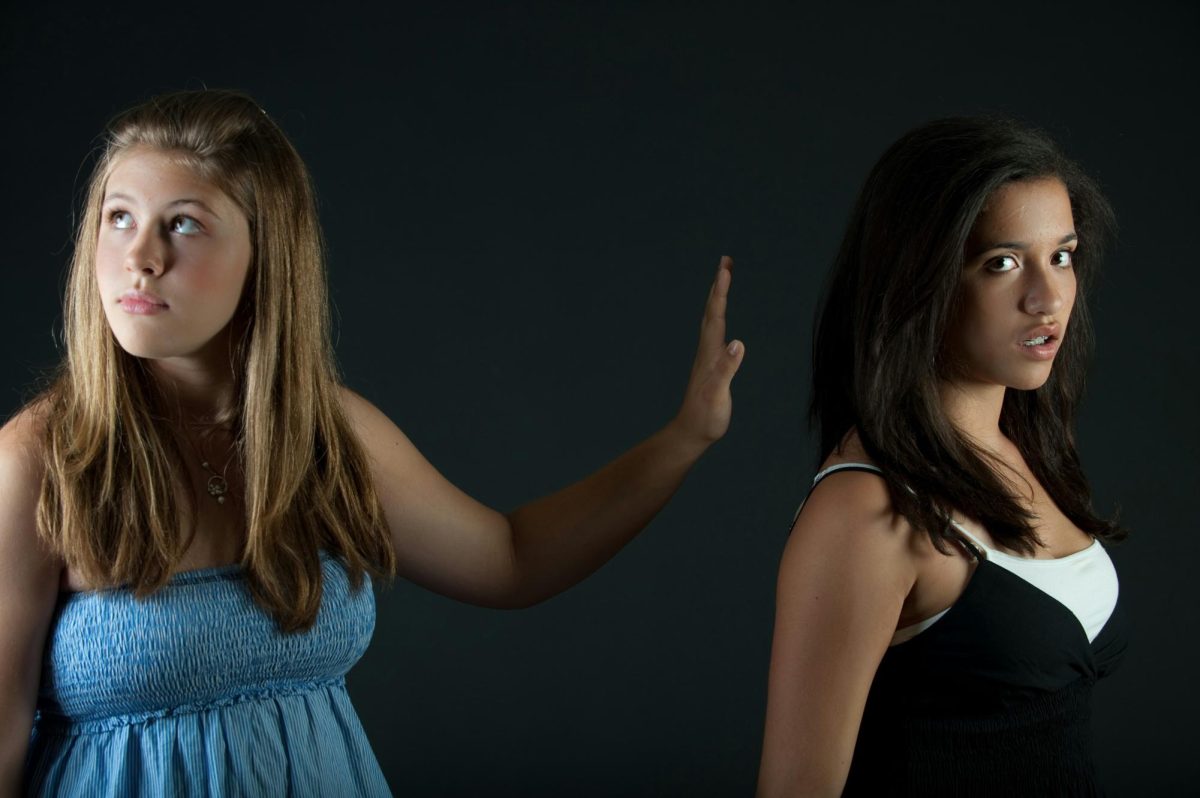I met my half sister for the first time when I was 17 and she was 16. She had just found out that she was conceived via sperm donor, and that the man she thought was her biological father was genetically unrelated to her. We met at a small cafe just outside of Boston with our parents and made our best attempt at making up for lost time — the time we would have spent had we grown up together, recounting childhood interests and strange quirks that we may have shared. This was also the first time I had met someone else like me — donor-conceived.
As long as I can remember, I’ve known where I “came from.” I was raised by a “single mother by choice.” I never had to live through a challenging realization like my less fortunate half siblings. Despite this, however, I have still felt alienated by society to the extent that I feel deeply conflicted about my identity. I have often felt like my identity as a donor-conceived person has been sandwiched between an alienating media narrative and an unfeeling assisted-conception industry. Unlike my childhood counterparts who had divorced, gay or deceased parents, there was no picture book or episode of Sesame Street to validate my foggy developing sense of identity. While being donor-conceived may seem like a fairly new identity that is too novel for people to understand, this could not be further from the truth.
According to a study published in 2019, the first documented instance of a donor-conceived birth occurred in 1881, and as the fertility industry continued to grow, donor-assisted conception became an increasingly popular method of childbearing. In fact, in 2010 alone, an estimated 60,000 donor-conceived babies were born in the US. With the increasing prevalence of diverse family types, donor conception is more popular than ever. If this is the case, then why are individuals like me seldom, if ever, represented in the media in a favorable light?
When you hear the words “sperm-donor,” you probably think of news stories about people discovering that they were one of 45 half siblings, usually culminating in a heartwarming “reunion” between donor and offspring. While these stories play right into the “tear-jerker” category that American news outlets seem obsessed with, they celebrate the donor rather than the individuals who only exist because of their donor, who have no choice in the manner of their existence. The media often hails sperm donors as altruistic and heroic men who give women the chance to have babies even when no other man will get near the woman. Women who use donated sperm, however, are seen as desperate and unhinged people who will do anything for a nuclear family. This stark contrast between the treatments of donors and parents is just one instance of internalized misogyny and the dehumanization of those who are donor-conceived that plagues society.
For example, TV shows and movies touch upon stories of parents and donor-conceived families in a less than flattering light. In one of my most beloved shows, Parks and Recreation, Ann Perkins decides that after years of failed relationships, she wants to become a mom. This is a common narrative among single parents by choice and a perfectly reasonable decision, especially if the parent is nearing menopause. Instead of respecting her friend’s choice, Leslie Knope decides that Ann is acting irrationally. Leslie points out that a lot of the sperm donors in the catalogue are creeps from the town they live in and paints her friend’s decision as a symptom of desperation and depression. In the end, Ann selects her good friend and future husband as her sperm donor, and thus the nuclear family is preserved in all of its glory. Ann’s children narrowly escape the fate of being one of dozens of carbon copies of Joe “the sewage guy,” because that is how sperm donation works in the media. In reality, donor-conceived children are far more a product of their environment than what the media portrays — my donor was allegedly gifted at math and science, but let’s just say you’ll never see me portrayed by Matt Damon on screen.
Another more harmful portrayal that shaped my own self-perception is that of Jan from NBC’s The Office. Jan, who is portrayed throughout the show as a manic-depressive cougar, is one of the most well-known characters in TV who turns to sperm donation for conception. Unlike Ann Perkins, however, Jan never ends up picking out someone she knows as her donor or falling in love with said donor. Instead, she ends up raising her daughter, Astrid, on her own, much to the chagrin of the rest of the characters on the show. Astrid’s conception is seen as a cry for help and is treated like it is unspeakable by Jan’s coworkers. Seeing this in such a widely known and loved show made me often wonder if people viewed me and my mother the same way — was I just a product of an impulse purchase?
While I know the answer to that question is no, it is a symptom of a much bigger issue — the objectification of donor-conceived children. In The Office, Astrid is treated as nothing but a punchline to a joke that is, quite frankly, not that funny. Ann Perkins’ kids are saved from this objectification only because their biological parents end up married anyways, sparing them the freakdom that befalls others. The gamete donation industry similarly does not care about offspring. If you are struggling with a rare health condition and need access to the medical record of a parent, tough luck. Petitioning sperm banks to get detailed health records or the donor’s contact info is an uphill battle at best and often results in lawsuits, costing families hundreds of thousands of dollars in some cases. If the assisted conception industry actually saw us as people, then why would they keep us in the dark about information that could mean the difference between life and death? As soon as the monetary transaction occurs, it’s not the company’s problem anymore if there are issues or questions. To the cryobank to which I owe my entire existence, I am nothing more than a product that has been sold without a warranty.
This is not to say that donor-conceived children do not love themselves or live happy lives. As much as I wish I knew my biological father, I love the person I have become today. I am the second oldest of 15 wonderful half siblings, seven of whom I interact with on a fairly regular basis. I am looking forward to hopefully unraveling the colossal mystery that lays in front of us alongside them. With the help of services such as ancestry.com, it is easier than ever to learn about where you came from. At the same time, I am very fortunate to be in good health. Some donor-conceived children I know are not, which opens up another big issue of misleading health documentation by donors who are looking to maximize profit.
In the end, I cannot change where I came from, but I can hope that someday society will view people like me not as impulse purchases or science experiments performed by emotionally unstable parents, but as individuals with a complex and deeply fascinating family tree. And if you consider assisted conception in the future, I hope that you will purchase with the ethics of the industry in mind.



